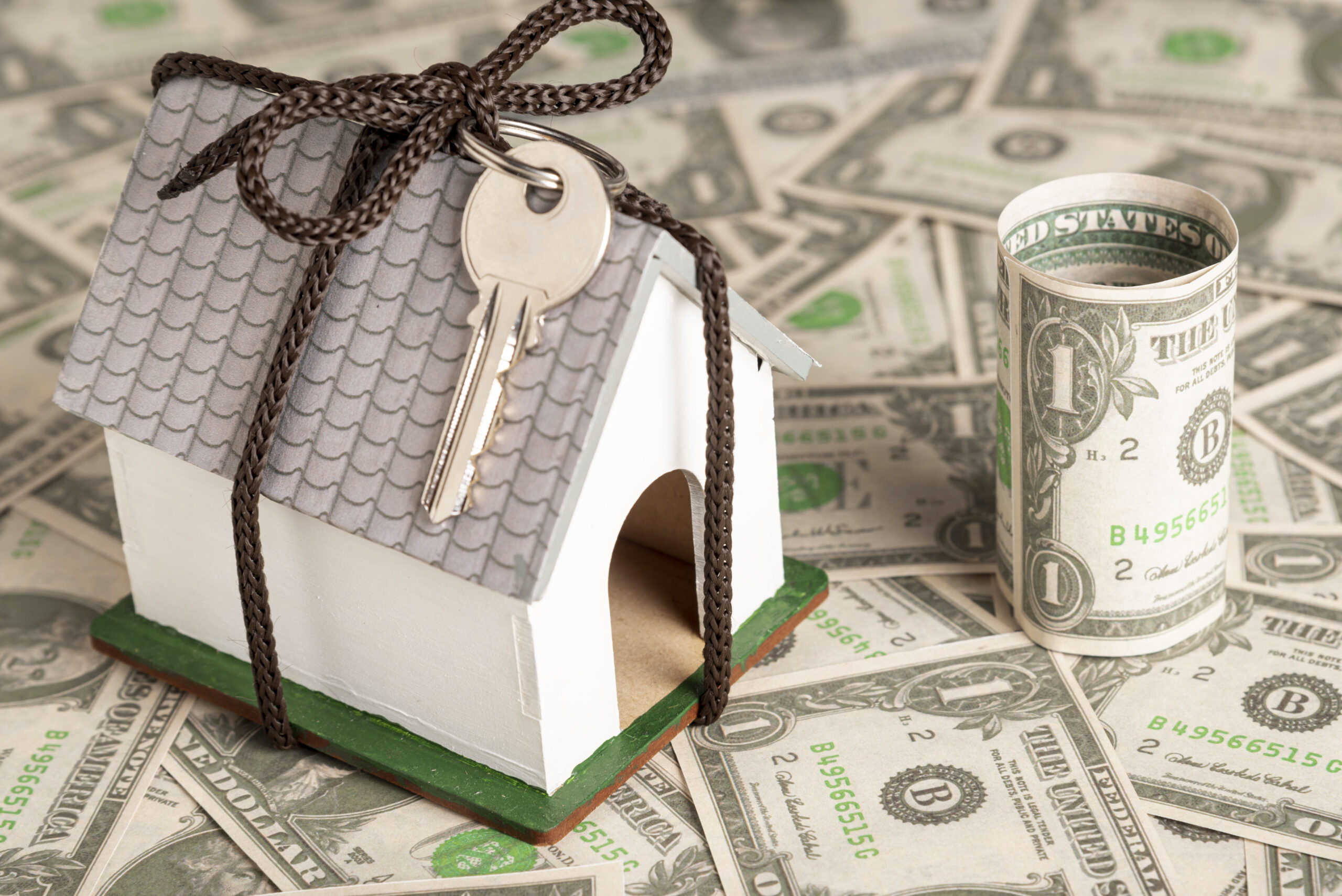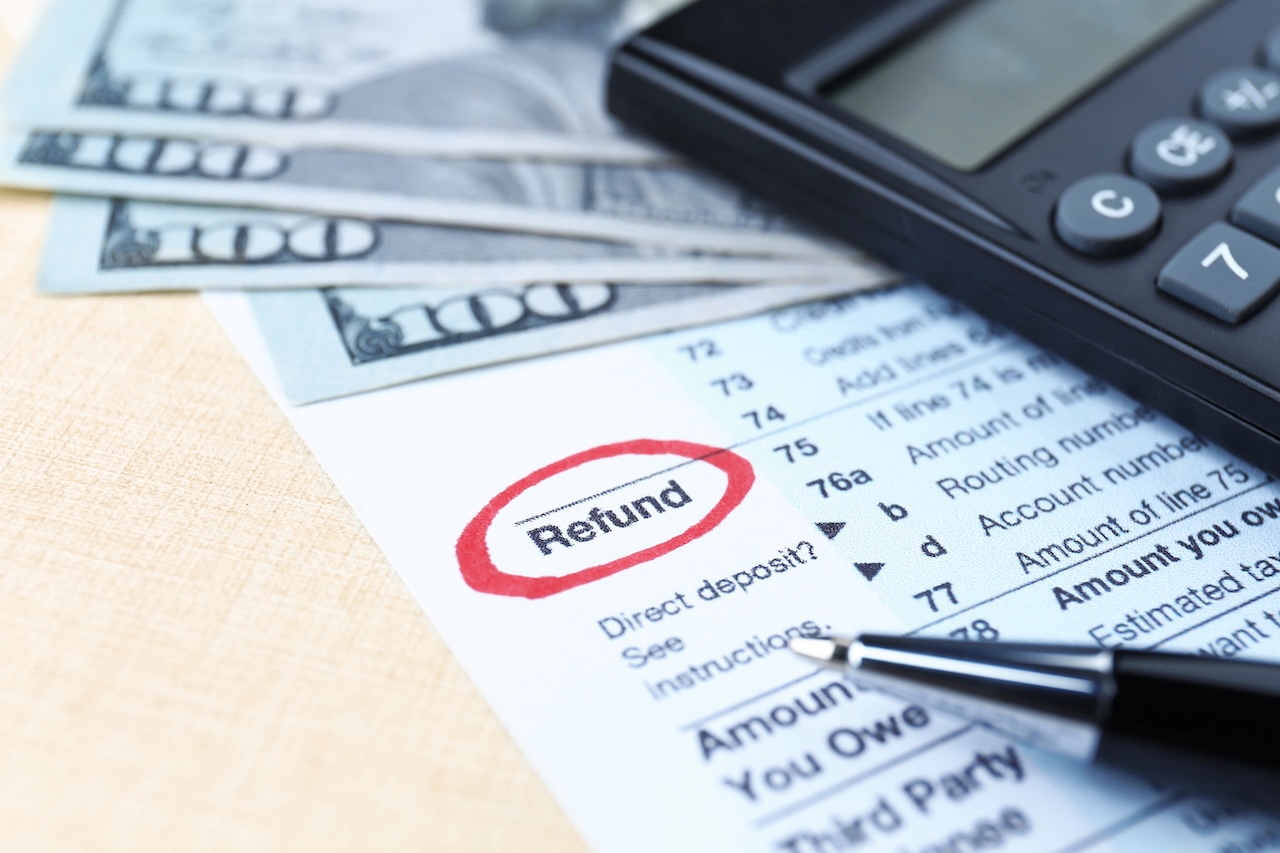Purchasing Commercial Property: Step by Step


Purchasing commercial property can be one of the most powerful strategies for building lifetime cashflow and creating generational wealth. But it’s not enough to just buy a building; you need to understand how to evaluate it, finance it, manage it, and most importantly, align it with your goals.
If you’ve ever asked yourself how to purchase commercial property or whether commercial real estate investing is right for you, you’re in the right place. I’ve helped thousands of new and experienced investors change their lives with commercial real estate investing.
In this guide, I’ll walk you step-by-step through what makes commercial realty investments so attractive, what to watch out for, and how to make sure you don’t miss crucial details that separate good deals from great ones.
Let’s dive in.
Before we get into tactical, we’ve got to cover the basics. Most people skip this part and that’s a mistake. Commercial real estate is its own world, with its own language, systems, and risks. If you want to succeed, you need to understand the fundamentals.
Commercial real estate (CRE) refers to properties that are used for business purposes and generate income. Unlike residential real estate, which is usually single-family homes or small multifamily properties, commercial properties include:
If you’re buying a commercial building, you’re stepping into the world of professional real estate investing. You’re acquiring a cash-flowing business.
When purchasing commercial property, it’s important to understand the different asset classes:
Each asset class has different risk profiles, tenant expectations, and capital requirements. Multifamily is often considered a great entry point into commercial real estate investing for beginners because of its consistent demand and financing options.
This is one of the most common questions I get: “Rod, how is commercial property investment different from residential?”
Commercial real estate is typically valued based on its income potential, not comps, or comparable properties.
Residential properties are usually valued by what similar homes sold for recently. But commercial property is valued by something called a cap rate. And if you don’t understand cap rates, you won’t understand what you’re buying. We’ll get into that later, but just know this: commercial real estate is a business, and should be treated like one.
Another key difference is that lenders evaluate deals based on the property’s ability to generate income, not just your personal credit.
Let’s talk about why commercial real estate investors love this game. Commercial real estate investment opportunities offer:
If you’re wondering whether commercial property investment is right for you, ask yourself: Do you want to scale your wealth faster and create freedom through passive income?
You’ve heard it before: location, location, location. But in commercial real estate buying, location isn’t just about neighborhoods, it’s about access, zoning, tenant demand, and future growth potential.
Here’s what to look for:
Tools like CoStar, LoopNet, and your local chamber of commerce can provide powerful data, but don’t underestimate the value of physically visiting markets. Walk the property. Talk to tenants. Meet with commercial property brokers. That’s where the gold is.
Before you make any offer, understand the numbers. Key metrics include:
Understanding how to evaluate these metrics—and when to prioritize each—is key to making smart, strategic decisions.
Strong commercial real estate investing isn’t just about the property—it’s about the market. Make sure you’re looking at:
This is where a solid real estate market analysis comes in. Use both macro and hyper-local data. Don’t just rely on what a seller or broker tells you. You always need to dig deeper. If you want to learn how to start in commercial real estate, this research is essential. Without it, your first deal might be your last.
Investing in commercial real estate can create life-changing wealth, but not without risk. If you go in blind or skip steps, the downside can be just as powerful as the upside.
Here’s what you need to watch for:
Just like any investment, commercial real estate cycles through ups and downs.
Economic slowdowns, rising interest rates, or a drop in demand can dramatically impact:
The solution? Don’t over-leverage, and always run worst-case scenarios. Build reserves, stress test your deals, and track local and national economic indicators regularly.
Bonus tip: Follow data on employment, income trends, and industry growth in your market. These are often the first signs of what’s coming next.
Unlike residential tenants, commercial tenants often negotiate longer, more complex leases. That’s great when you land a quality tenant—but a nightmare if they default.
If you’re not careful, tenant issues can result in:
Avoid this by vetting your tenants thoroughly and having clear, enforceable lease terms. Consider hiring a seasoned commercial property management company if you’re new to the game.
When I started, I thought I could do everything myself. The truth? Having a solid team, especially a property manager who knows the asset class, can be the difference between stress and scale.
Zoning changes, code compliance, or permitting delays can derail your timeline and cost you thousands.
Common legal challenges include:
Make sure your due diligence includes a thorough commercial property due diligence process, and that your legal team understands both federal and local laws.
If you’re considering a commercial land investment, this is even more important. Land use regulations can vary dramatically by jurisdiction and may require public hearings or rezoning.
Now let’s talk about where to go for support, education, and deal flow. If you want to level up your game, use the same resources the pros do.
A skilled broker will not only show you listings, but also find, vet and negotiate deals for and with you.
Look for:
Ask other commercial property investors in your area who they trust. Or tap into national networks like Marcus & Millichap, CBRE, and Colliers.
Working with the right broker early on can help you discover where to buy commercial real estate, often before the public ever sees it.
Books and courses won’t replace experience, but they will compress your learning curve. Some go-to resources for investors in commercial real estate for beginners:
Online platforms like Udemy and Coursera also offer accessible, beginner-friendly overviews.
Remember: Knowledge is power, but execution is everything.
This is the secret weapon.
Get around people who are actively investing in commercial property. Attend meetups, join masterminds, or plug into online forums. When you collaborate, your confidence—and your deal flow—both grow.
If you’re in the Warrior program, you’ve got a built-in network of high-performing investors. Don’t be afraid to lean on that community.
Your next partner, lender, or off-market deal could be one conversation away.
If you’ve made it this far, you already know: commercial real estate investing isn’t just a transaction, it’s a transformation.
It transforms your mindset, your net worth, your impact.
But too many people get stuck overthinking the first step. They wait until everything is perfect. Perfection doesn’t build wealth, execution does.
Whether you’re buying a commercial building for your business or you’re a first-time investor looking to scale, success is about knowledge + action.
Start small. Learn fast. Surround yourself with people who are doing what you want to do. And take that first step.
Because once you understand how to purchase commercial property the right way it opens the door to massive opportunity.
A good cap rate depends on the asset type and location, but typically ranges between 5% and 10%. Lower cap rates indicate less risk and more competition (think Class A in hot markets), while higher cap rates often reflect value-add opportunities or secondary markets.
Lenders typically require a strong business plan, experience, and a down payment of 20–30%. Financing options include bank loans, SBA loans, bridge loans, and CMBS. Focus on the deal’s income and the debt coverage ratio.
[Check out our blog posts on financing commercial property]
Yes, when done correctly. It can provide strong cash flow, tax benefits, equity growth, and the ability to scale fast. But it does require more education and strategy than residential.
If you’re ready to move forward, don’t do it alone. Join a community. Get a mentor. Or book a strategy call and let’s map out your next move.
You’ve got the tools. You’ve got the roadmap. All that’s left is the action.
Commercial property investment is one of the most powerful vehicles to create legacy wealth, time freedom, and impact. I’ve seen people start with zero experience and go on to build multi-million dollar portfolios all because they committed.
So ask yourself:
What’s one step you can take today to move closer to your first—or next—commercial deal?
Then take it.
Because this isn’t about theory. It’s about transformation.
Let’s make it happen.
— Rod

Tax refunds in early 2026 could be $1,000 to $2,000 larger for many households due to retroactive tax law changes....

Why does it feel like large companies always get the upper hand? Maybe it’s the long contracts with fine print,...

What can you do if you can’t afford college? Maybe the financial aid award wasn’t enough, or you only want...